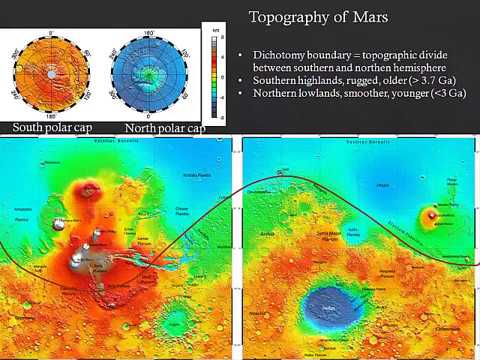Description:
Explore the fascinating topic of water on Mars and its implications for potential Martian life in this 52-minute lecture from the Royal Tyrrell Museum Speaker Series. Delve into the current conditions on the Red Planet's surface, examining its topography and the history of water presence. Investigate various geological features such as valley networks, meanders, scroll bars, and deltas, while learning about their distribution and significance. Discover the importance of hydrothermal systems and clay-rich sediments in creating potentially habitable environments. Analyze findings from spacecraft observations, including the Curiosity rover's exploration of Gale crater. Examine the presence of ground ice on Mars today, from polar caps to mid-latitude regions and even equatorial areas at high altitudes. Uncover the intriguing phenomenon of recurring slope lineae (RSL) and their potential connection to flowing salty water. Gain a comprehensive understanding of the many faces of water on Mars and how they contribute to the ongoing search for extraterrestrial life.
Read more

Water on Mars and the Potential for Martian Life
Add to list